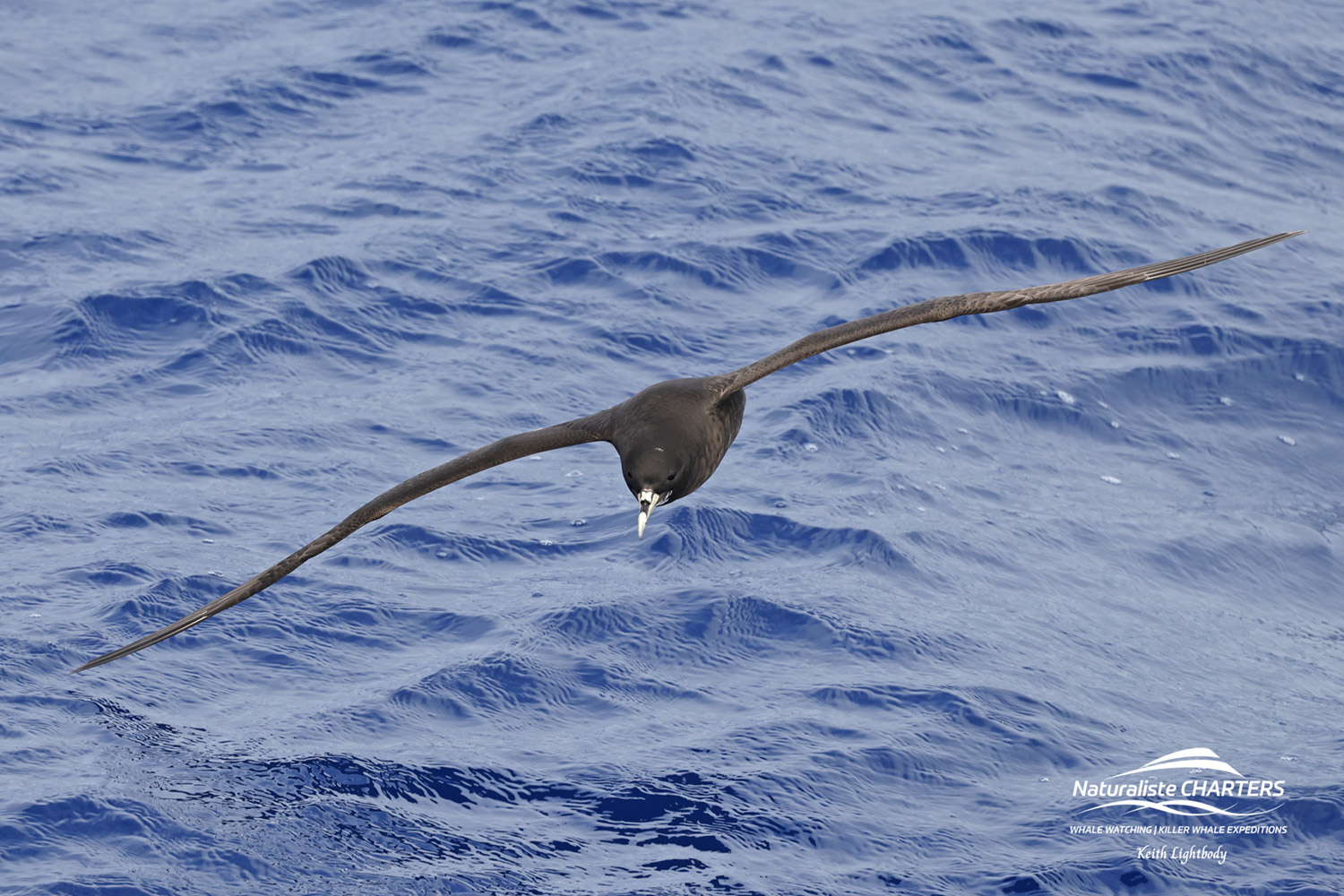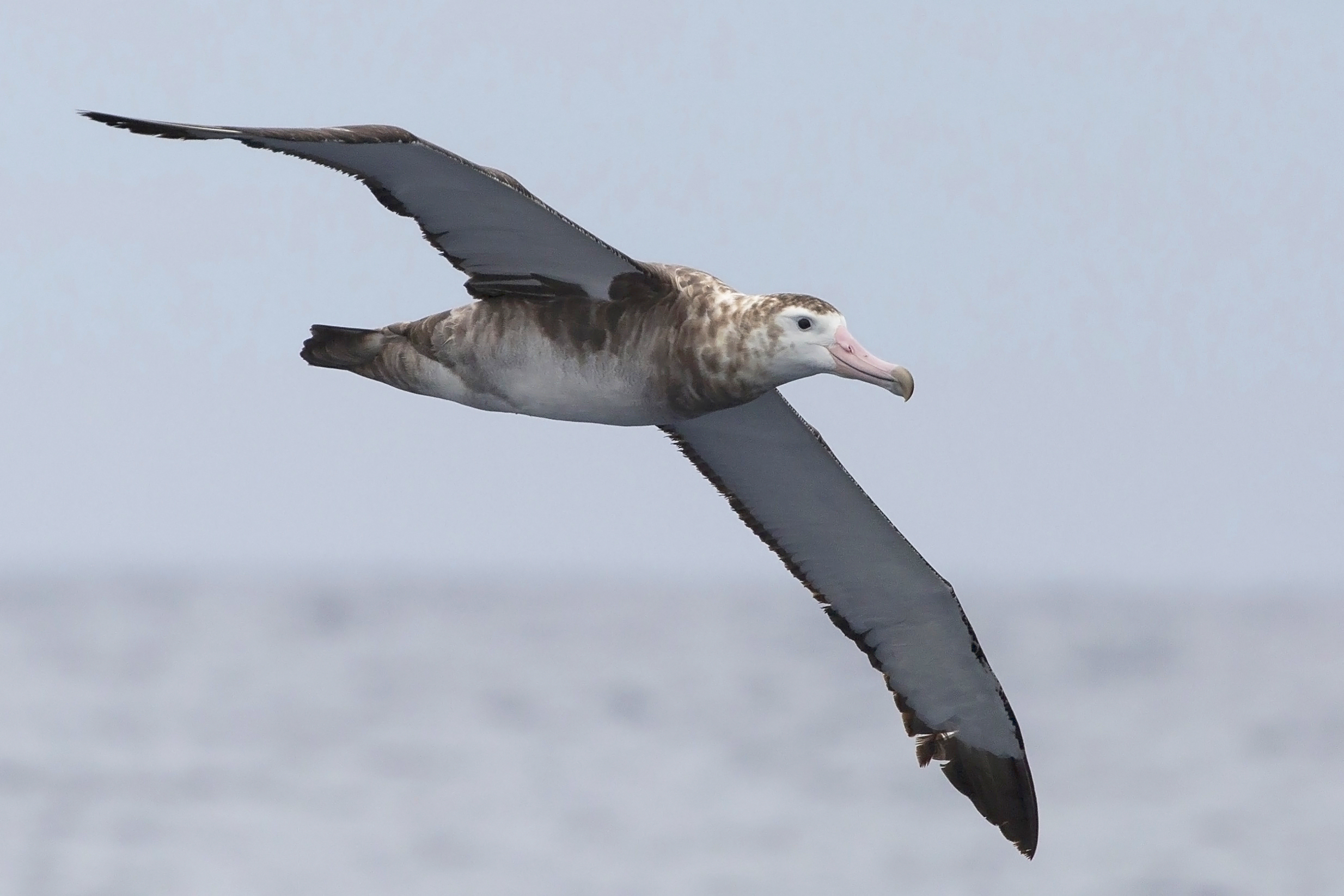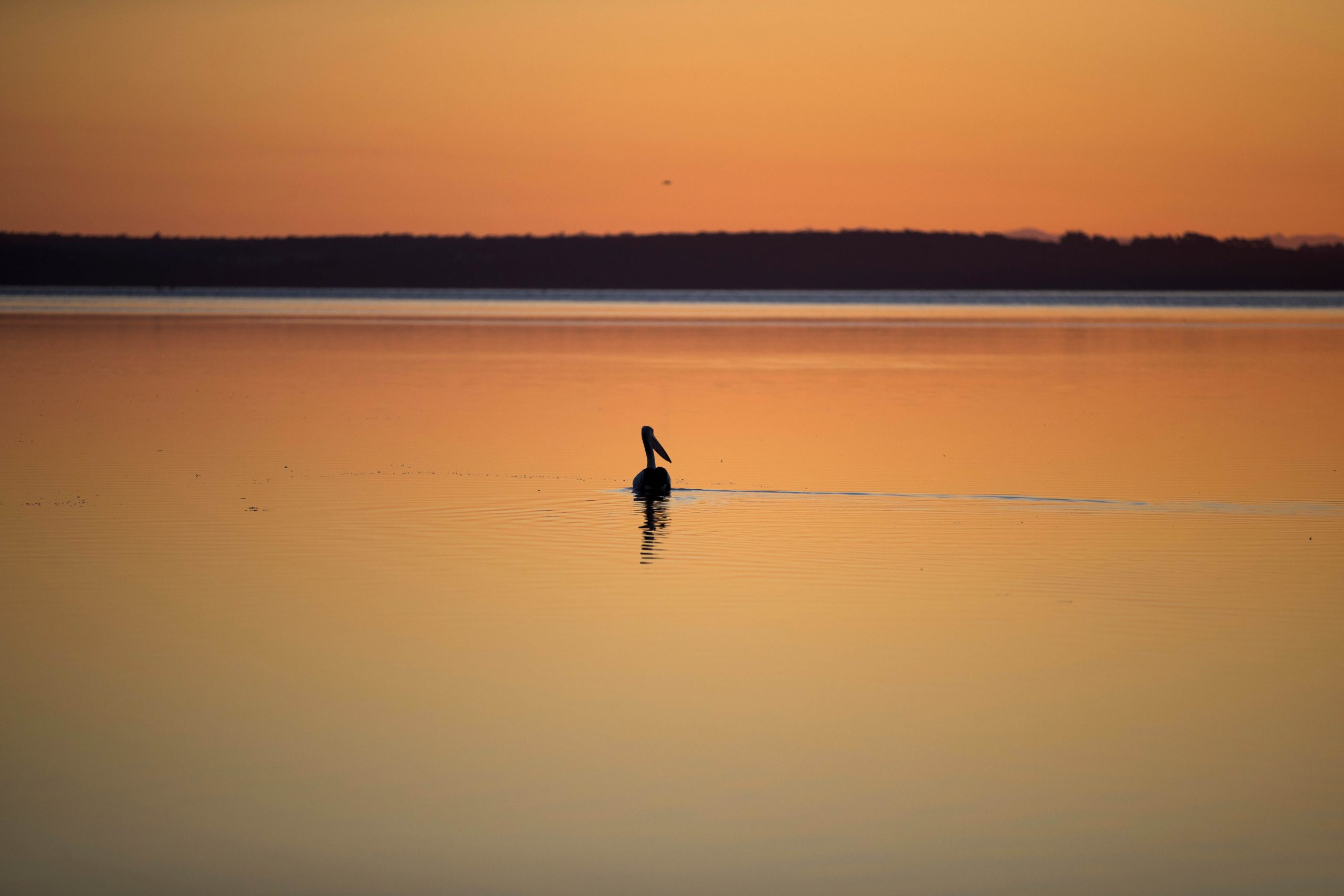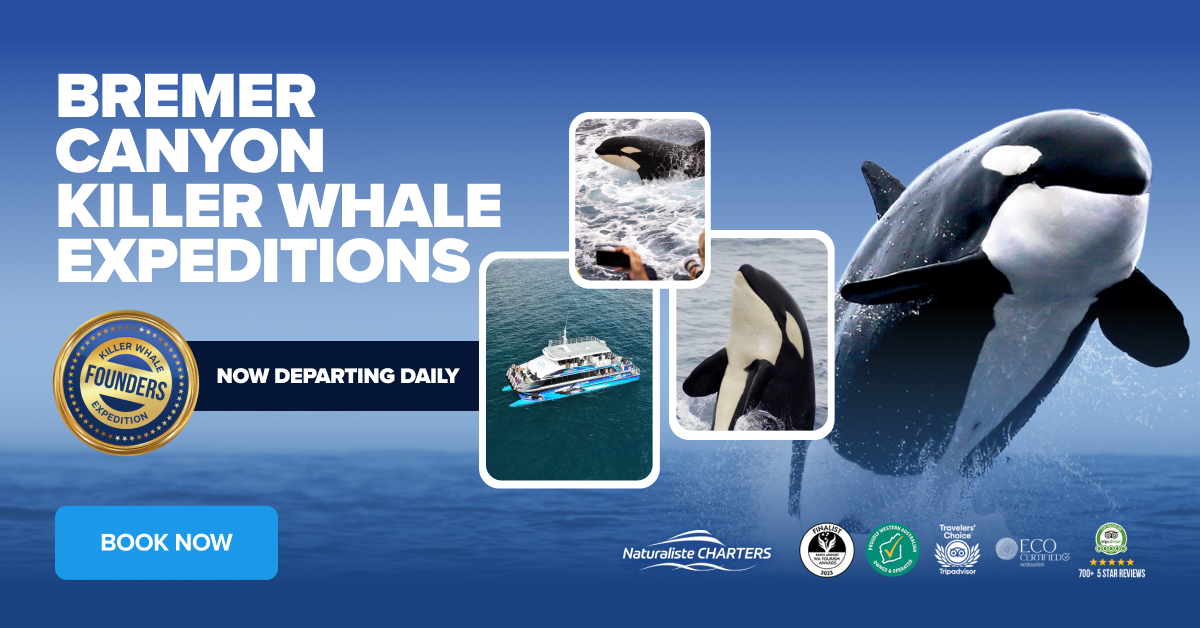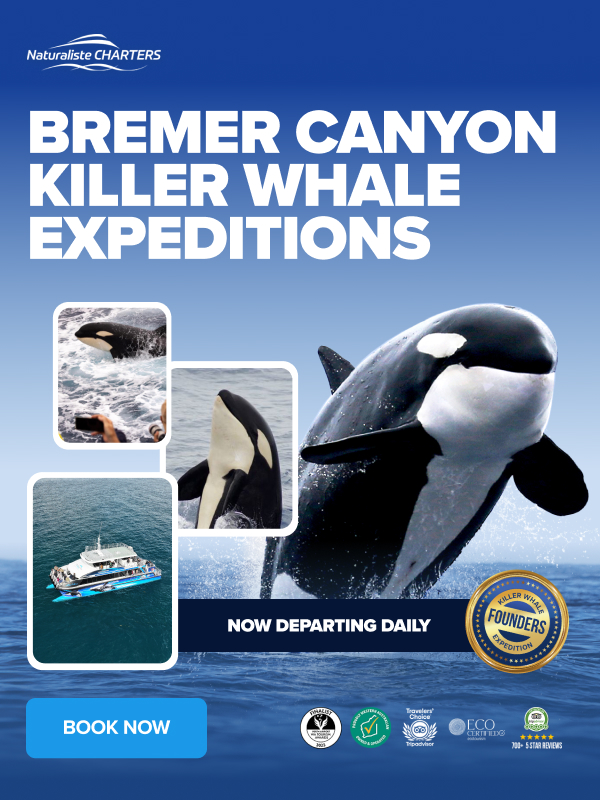For a whale to beach themselves or “strand” means to come up onto the shore. Usually they are ill, weak or maybe just ‘lost’. They can be alive still or in some cases have passed away out at sea and been washed in with the currents and tides.
Mass Strandings
The question of “why do whales get stranded?” has been scrutinised by scientists for centuries since the first evidence of a mass stranding in the late 16th century. Why would an ocean dwelling animal come onto the land when it means certain death? Whales and dolphins breathe air which means they can withstand being out of the water for short periods of time.
When whales and dolphins are in the ocean or rivers, their body weight is suspended by the water around them. So when they strand they cannot support their own body weight and this alone can kill the animal. Some whales easily reach OVER fifty tonnes! Their internal organs cannot withstand such force.
Killer Whale Stranding
Whales may be found stranded alone or in a pod. If in a pod (2 or more whales) this is called a mass stranding. The largest recorded mass stranding was in 1946, Argentina. Where over 1200 False Killer Whales washed ashore. Most species of toothed whales, both large and small, have been known to mass strand. Baleen whales do not travel in tight family groups and this is why they are found alone when they beach themselves.
Strandings can be from natural causes or human induced. We will go into depth for both below.
Natural causes
Whales get stranded naturally by many different factors. Usually this is due to disease or malnourishment. The whale may die at sea and before it can be consumed by other ocean dwelling animals such as sharks it is brought to the shore by currents. Animals in the ocean don’t typically die of old age. They will usually become too weak to feed and therefore can no longer swim. This results in the whales drowning as they can’t get to the surface to breathe. Others will perish in rough seas.
Illness
Another reason why whales beach themselves is they can become infected from illnesses! Just like a human virus. These viruses begin with the primary producers, where an algal bloom carries dangerous toxins throughout the food chain. The human equivalent to these illnesses is our shellfish poisoning.
Saxitoxin
Humpback whales can get saxitoxin, bottlenose dolphins suffer from a neurotoxin called brevetoxin and most toothed whale species such as sperm whales and false killer whales can die from domoic acid poisoning.
These toxins are naturally occurring but can be deadly to whales and dolphins making them very ill.
Interference
Sometimes a toothed whale’s echolocation is interfered by sandy slow inclined beaches. This means as they try to track where they are in the water the sand doesn’t bounce the image back clearly due to its being quite porous and not hard like a rock. This results in seemingly swimming right into danger and one reason why toothed whales beach themselves.
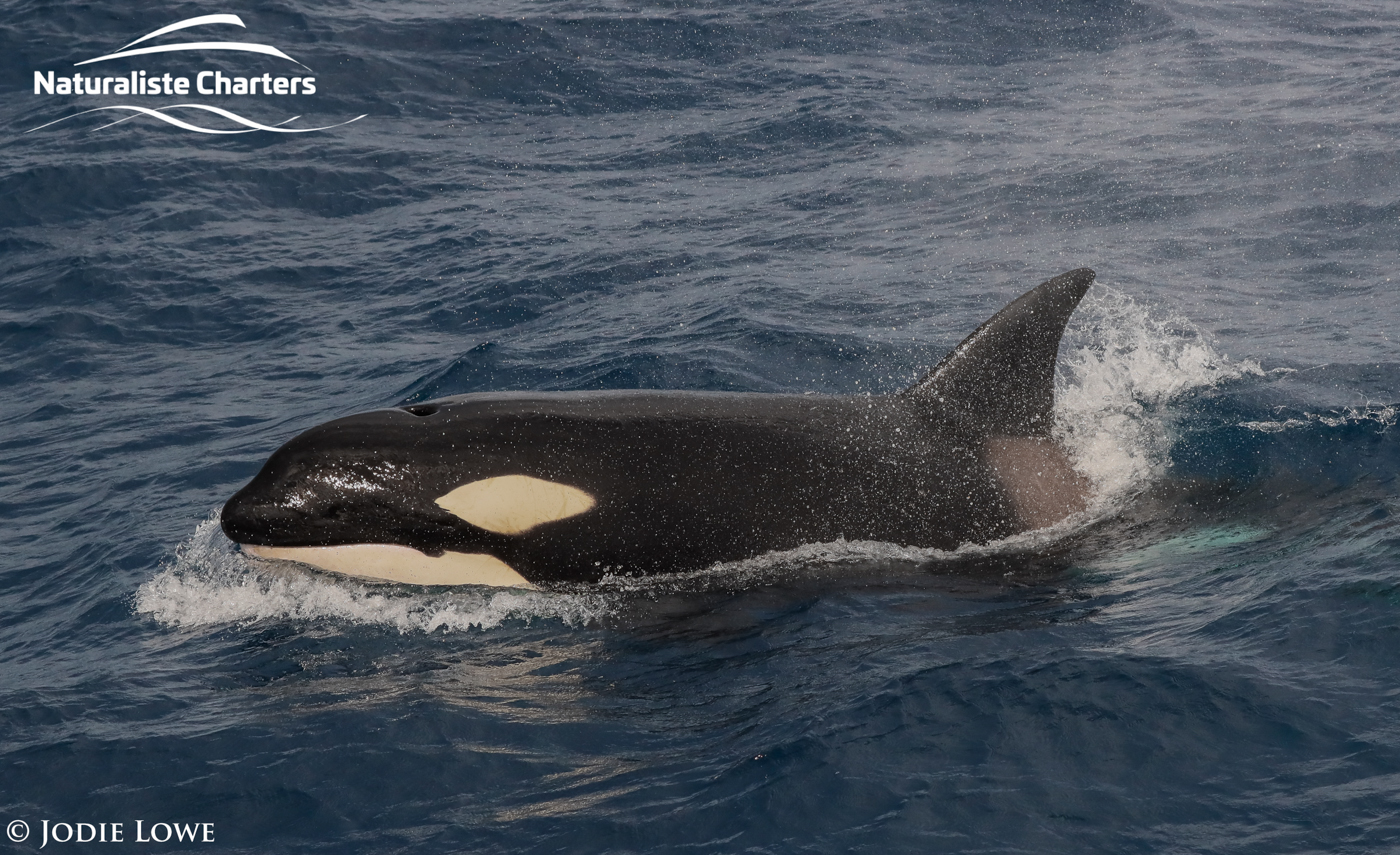
Human Induced causes
Unfortunately the rise in humans utilising the ocean’s plentiful bounty has coincided with a rise in stranding events. Particularly in the past 50 years.
The Human Threat
Whales’ biggest threats are no longer natural predators but now – US, as humans. This could be by fishing equipment entanglements, vessel strikes or noise exposure. Anthropomorphic impacts on whales and dolphins are a hard pill to swallow!
We have quickly created new technology and industries but are much later realising their impacts. For example plastic was invented in 1907, but it was only recently that we found plastic in whales’ stomachs.
There is a whale sized tale about whales exploding when they die. This is not a common occurrence and one that can be aided by human intervention. Some dead whales’ bodily gases may build up and the pressure becomes too much that the blubber and skin splits and BOOM, the pressure is released along with everything else inside the whale.
Dynamite
There is a spectacular failure by humans from 1970’s America. A whale carcass was washed ashore and the local government did not have the resources to remove the whale. It was very smelly as it was decomposing for over three days. To aid in the decomposition process the whale was filled with dynamite and detonated. Whale blubber and flesh went flying, farther than predicted, and covered nearby parked cars and spectators!!! The birds and beach going crabs had a feast, the on looking humans weren’t as pleased.
Noise Pollution
Human induced Noise pollution is hard to measure and continually monitor. Many methods of undersea exploration and mining utilise seismic surveying and our naval ships use sonar. These are high frequency noises which can literally burst and blow out a marine animal’s eardrums.
Naval sonar and seismic surveying is a large cause of many mass strandings. The increasing trend of strandings has coincided with the invention of this technology. Further data supports this with an increased amount of beachings around naval bases or in an area where an exploratory ship has moved through.
Decompression Sickness
A mass stranding in 2002 at the Canary Islands showed fourteen beaked whales to have decompression-like sickness. The effects included bubbles in the blood and organs, something NOT evident in healthy animals and never observed before other than in humans. This was a direct result of sonar use.

Some ways in which you can help whales right now is by limiting your seafood consumption and if you do need to purchase – only from sustainable fisheries. You can also responsibly dispose of rubbish and fishing gear, and shop locally to reduce international shipping.
Now that we know why whales beach themselves and although it can be very sad, a dead whale on the shore can still provide a wealth of information of direct and indirect threats to whales. We can also study elusive species, such as Beaked whales, and learn more about whale and dolphin biology.
Western Australian beached whales records
Western Australian whale strandings are not as uncommon as you think. We have a long list of whales beaching themselves along our coastline from both natural and human induced.
Bremer Bay
In 1970, a pod of twelve orca (killer whales) beached in Bremer Bay. They were washed ashore and unable to get back out to sea! The beach was seasonally visited by fishermen who stumbled upon this family of orca taking their final breaths.
We can now go whale watching in Bremer Bay. A hotspot lies adjacent to the stranding beach where over 200 wild orca thrive. These twelve who for an unknown reason why, beached themselves would have been members of this apec society.
The same beach is the final resting place for a pod of nine sperm whales. In 2003 the whales beached as they were caught on the jagged reef. Neither strandings have a clear cause.
Hamelin Bay Beaching
More recently, in 2018 a pod of 150 pilot whales beached in Hamelin Bay, in the southwest of Western Australia. The whales were alive and a huge rescue effort was made to save them. Due to the nature of pilot whales and their gregarious and strong family bonds they would have followed each other into the bay and not wanted to leave each other.
Geographe Bay
This year, we had two Humpback whale fetuses wash up ashore in Geographe Bay. They still had their umbilical cords attached. The whales perished during rough weather, maybe the mothers were heavily pregnant and an increase of stress due to bad sea conditions made them abort their young or give birth prematurely. The baby whales would have drowned!
It’s a tough world out there in the wild! To see many of the whales mentioned above thriving in their environment then a tour to Bremer Bay is for you.
Bremer Bay Killer Whale Tours run from January to April each year and you could also see sperm whales, pilot whales, false killer whales and so much more!
Information obtained from the Encyclopedia of Marine Mammals; Wursig, Thewissen and Kovacs, 2018.

